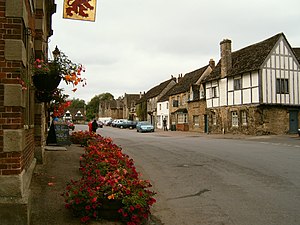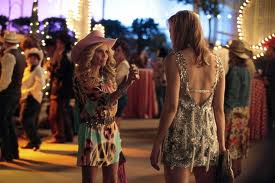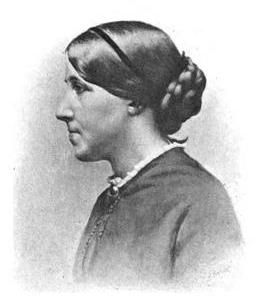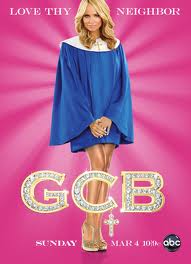If you’ve known me for any length of time, either personally or social-networkily, you probably also know that I’m a Frances Mayes stalker. Trust me, if I ever get to Tuscany, the first place I’m going is Cortona and you’ll see my photo standing in front of Bramasole all over Facebook and my blog. I know she doesn’t live there anymore, but maybe she’ll come back to check on it and come out to say hello to me. One can only hope.

Image via tuscantreasures.net
Katherine: It’s a nice little villa. Rather run down, but redeemable… Are you going to buy it?
Frances: The way my life is currently going, that would be a terrible idea.
Katherine: Mm, terrible idea… Don’t you just love those?
There are many memorable quotes from my all-time favorite movie, Under the Tuscan Sun (see my review here), but this one is probably my favorite, because my life is full of terrible ideas. And I love them — most of the time.
So how does this relate to my blog? If you were sitting here in my office with me, I’d invite you to check out my Drafts folder in WordPress. Over the last 2 1/2 years, I’ve published 219 posts — averaging about twice a week. That’s not so bad, considering I have a full-time teaching job. But wait. I also have 77 unpublished drafts in there. That’s an average of 2.56 per month that I DIDN”T publish. Why not? Were my ideas so terrible that they weren’t worth the light of day?
The oldest draft is from October, 2010, and the title speaks for itself. “Things I Love: Free Time” — there’s nothing written in that draft beyond a cute topic sentence. I wish I had made time to write that one; it would be interesting to read what I was worried about at that point in my life. I’m still looking for free time.
Recently I started going through old recipes boxes that we got from my husband’s aunt. She’s almost 103 years old, and I was going to do a recipe series where I cooked her “receipts.” I actually made Golden Shrimp Casserole and photographed the process. I never published that draft because the casserole was TERRIBLE. I think we finally threw out the last of it after we tried to cover it up with cheese to make it palatable. So much for “Aunt Rachel’s Recipes” from January 8, 2012. Trust me, I’ll never publish that one.
Then there was last week’s unpublishable rant about something at school. Let’s just say I thought better about publishing it — maybe I’ll put it in my book about 100 Things I Never Want to Do Again when I retire. It was definitely a terrible idea to publish it, but at least I got it off my chest and it’s safe in my computer. Or is it…?
The good news, for those of you that enjoy my book reviews, is that there are four GOOD ideas waiting to be finished up and published. I think you will love reading about The Provence Cure for the Brokenhearted — a very good book. Interestingly, the premise of that book is a terrible idea that turns into love and happiness for the characters. 🙂

Image via fashionfashion.org
P.S. I’m pretty sure I AM going to publish my rant about who put Adele in this ugly dress when her amazing talent deserves a truly amazing dress. Did they think we couldn’t see the grandma underslip she was wearing, apparently so she could wear the support bra she definitely needs? I mean, really. More on little black dresses that WORK on another day.
P.P.S. Thanks for staying with me. I made a goal to try to keep my posts under 500 words, but this one slipped over the edge. I hope it was worth your time.




















